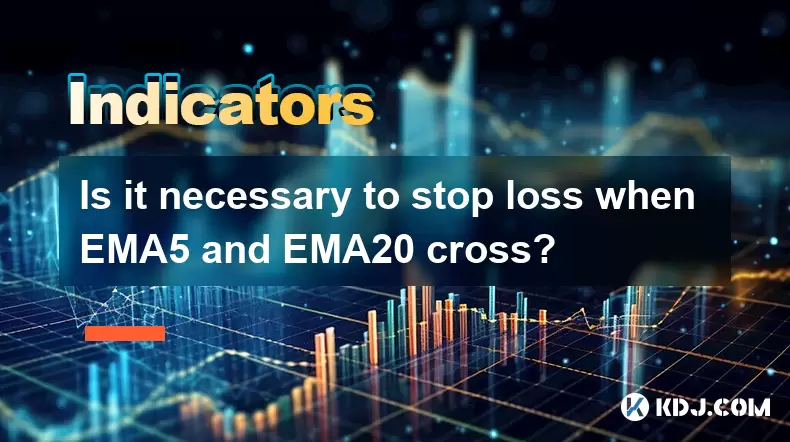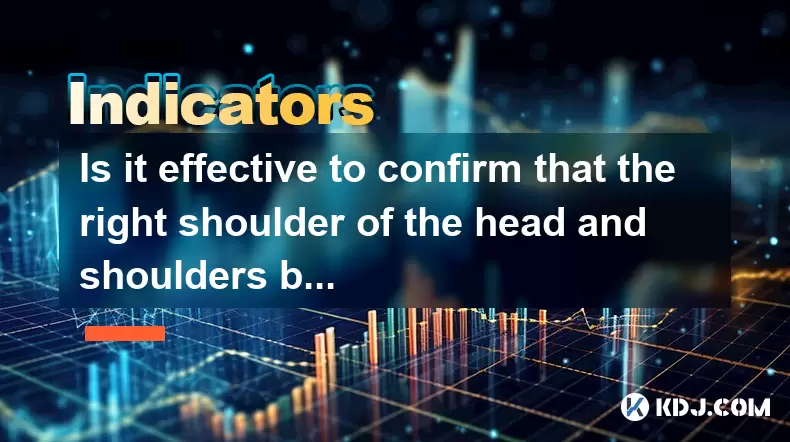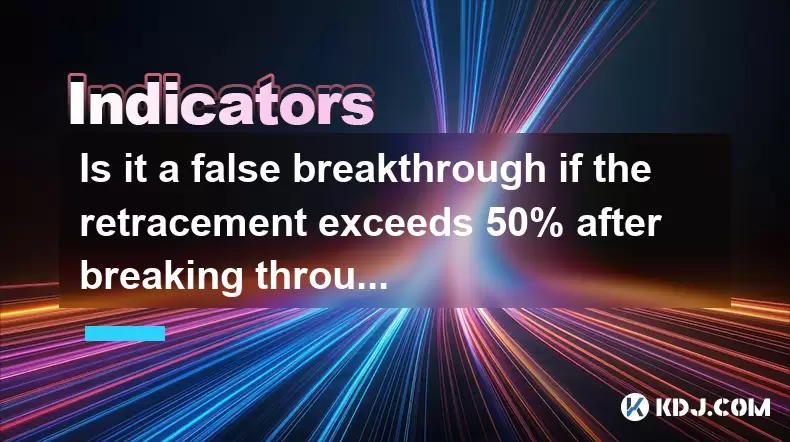-
 Bitcoin
Bitcoin $106,754.6083
1.33% -
 Ethereum
Ethereum $2,625.8249
3.80% -
 Tether USDt
Tether USDt $1.0001
-0.03% -
 XRP
XRP $2.1891
1.67% -
 BNB
BNB $654.5220
0.66% -
 Solana
Solana $156.9428
7.28% -
 USDC
USDC $0.9998
0.00% -
 Dogecoin
Dogecoin $0.1780
1.14% -
 TRON
TRON $0.2706
-0.16% -
 Cardano
Cardano $0.6470
2.77% -
 Hyperliquid
Hyperliquid $44.6467
10.24% -
 Sui
Sui $3.1128
3.86% -
 Bitcoin Cash
Bitcoin Cash $455.7646
3.00% -
 Chainlink
Chainlink $13.6858
4.08% -
 UNUS SED LEO
UNUS SED LEO $9.2682
0.21% -
 Avalanche
Avalanche $19.7433
3.79% -
 Stellar
Stellar $0.2616
1.64% -
 Toncoin
Toncoin $3.0222
2.19% -
 Shiba Inu
Shiba Inu $0.0...01220
1.49% -
 Hedera
Hedera $0.1580
2.75% -
 Litecoin
Litecoin $87.4964
2.29% -
 Polkadot
Polkadot $3.8958
3.05% -
 Ethena USDe
Ethena USDe $1.0000
-0.04% -
 Monero
Monero $317.2263
0.26% -
 Bitget Token
Bitget Token $4.5985
1.68% -
 Dai
Dai $0.9999
0.00% -
 Pepe
Pepe $0.0...01140
2.44% -
 Uniswap
Uniswap $7.6065
5.29% -
 Pi
Pi $0.6042
-2.00% -
 Aave
Aave $289.6343
6.02%
Is it necessary to stop loss when EMA5 and EMA20 cross?
The EMA5 and EMA20 crossover strategy helps spot crypto trends, but using a stop loss is crucial to manage risk and avoid big losses in volatile markets.
Jun 17, 2025 at 10:16 am

Understanding the EMA5 and EMA20 Crossover Strategy
The EMA5 (Exponential Moving Average 5) and EMA20 (Exponential Moving Average 20) crossover strategy is a popular technical analysis tool used by cryptocurrency traders to identify potential trend reversals. When the EMA5 crosses above the EMA20, it is considered a bullish signal, suggesting that upward momentum may be gaining strength. Conversely, when the EMA5 crosses below the EMA20, it is viewed as a bearish signal, indicating possible downward movement.
However, relying solely on these crossovers without implementing risk management tools like stop loss can expose traders to significant losses, especially in volatile crypto markets. This raises the question: Is it necessary to set a stop loss when using this strategy?
The Role of Stop Loss in Cryptocurrency Trading
A stop loss is a predefined order that automatically closes a trade if the price moves against the trader beyond a certain threshold. In the fast-moving world of cryptocurrency trading, where prices can swing dramatically within minutes, stop loss orders are essential for managing downside risk.
When applying a stop loss in conjunction with an EMA5 and EMA20 crossover strategy, traders aim to protect their capital from unexpected market reversals or false signals. For instance, even though a bullish crossover might occur, the market could quickly reverse due to sudden news events or whale movements, leading to substantial losses if no stop loss is in place.
How to Apply Stop Loss with EMA Crossovers in Crypto Trading
To effectively use a stop loss with the EMA5 and EMA20 crossover strategy, follow these steps:
- Identify the most recent swing low (for long positions) or swing high (for short positions) before the crossover occurs
- Place your stop loss just below the identified swing low or above the swing high
- Monitor the position closely and adjust the stop loss as the price moves favorably
For example, in a long trade triggered by an EMA5 crossing above EMA20, placing a stop loss just below a key support level or recent consolidation zone helps minimize losses if the trend fails to continue. Traders should also consider the asset’s average true range (ATR) to avoid setting stops too tight, which could lead to premature exits.
False Signals and Their Impact on Stop Loss Effectiveness
One of the challenges of using EMA crossovers in crypto trading is the frequency of false signals. These occur when the EMA lines cross, suggesting a new trend, but the price quickly reverses direction. In such cases, a stop loss may trigger before the anticipated move materializes, resulting in a loss despite the initial signal being correct in hindsight.
To mitigate this issue, traders often combine the EMA5/EMA20 strategy with additional filters, such as volume confirmation or RSI divergence. Using a wider stop loss buffer during periods of high volatility can also reduce the likelihood of being stopped out prematurely.
It's crucial to backtest different stop loss placements under various market conditions to determine what works best for each specific cryptocurrency pair being traded.
Customizing Stop Loss Based on Market Conditions
Market conditions play a vital role in determining the effectiveness of stop loss levels. During strong trending phases, tighter stop losses can help preserve profits and limit risk exposure. However, in choppy or sideways markets, wider stops may be more appropriate to allow for natural price fluctuations without triggering unnecessary exits.
Traders should also pay attention to key resistance and support zones, Fibonacci retracement levels, and chart patterns when deciding where to place stop losses around EMA crossovers. These tools provide context and help align stop placement with broader price action.
Another approach is to trail the stop loss once the trade becomes profitable. For example, after entering a long position following a bullish EMA5/EMA20 crossover, a trader might move the stop loss to breakeven once the price has moved a certain percentage in their favor. From there, they can trail the stop beneath new swing lows to lock in gains while allowing room for the trend to continue.
FAQs
Q: Can I trade EMA crossovers without using a stop loss?
While it's technically possible to trade without a stop loss, doing so increases the risk of large drawdowns, especially in highly volatile cryptocurrencies. Without a stop loss, a single adverse move can wipe out multiple winning trades.
Q: Should I use fixed or dynamic stop loss levels with EMA crossovers?
Dynamic stop loss levels, such as those based on trailing stops or moving averages, tend to adapt better to changing market conditions compared to fixed distances. However, both approaches have merits depending on the trader’s style and the asset being traded.
Q: How do I know if my stop loss is too tight or too wide?
If your stop loss gets hit frequently without the trade ever turning profitable, it may be too tight. Conversely, if you experience large losses before exiting losing trades, your stop may be too wide. Reviewing past trades and analyzing average candlestick ranges can help optimize stop placement.
Q: Does the EMA5/EMA20 crossover strategy work better on certain timeframes?
This strategy tends to perform better on higher timeframes like the 1-hour or 4-hour charts, where fewer false signals appear compared to lower timeframes. Regardless of timeframe, incorporating a well-placed stop loss remains critical for risk control.
Disclaimer:info@kdj.com
The information provided is not trading advice. kdj.com does not assume any responsibility for any investments made based on the information provided in this article. Cryptocurrencies are highly volatile and it is highly recommended that you invest with caution after thorough research!
If you believe that the content used on this website infringes your copyright, please contact us immediately (info@kdj.com) and we will delete it promptly.
- 2025-W Uncirculated American Gold Eagle and Dr. Vera Rubin Quarter Mark New Products
- 2025-06-13 06:25:13
- Ruvi AI (RVU) Leverages Blockchain and Artificial Intelligence to Disrupt Marketing, Entertainment, and Finance
- 2025-06-13 07:05:12
- H100 Group AB Raises 101 Million SEK (Approximately $10.6 Million) to Bolster Bitcoin Reserves
- 2025-06-13 06:25:13
- Galaxy Digital CEO Mike Novogratz Says Bitcoin Will Replace Gold and Go to $1,000,000
- 2025-06-13 06:45:13
- Trust Wallet Token (TWT) Price Drops 5.7% as RWA Integration Plans Ignite Excitement
- 2025-06-13 06:45:13
- Ethereum (ETH) Is in the Second Phase of a Three-Stage Market Cycle
- 2025-06-13 07:25:13
Related knowledge

How to interpret the low opening the next day after the long lower shadow hits the bottom?
Jun 18,2025 at 12:22am
Understanding the Long Lower Shadow Candlestick PatternIn technical analysis, a long lower shadow candlestick is often seen as a potential reversal signal in a downtrend. This pattern occurs when the price opens, trades significantly lower during the session, but then recovers to close near the opening price or slightly above. The long wick at the botto...

How strong is the MACD golden cross below the zero axis?
Jun 17,2025 at 11:00pm
Understanding the MACD Indicator in Cryptocurrency TradingThe Moving Average Convergence Divergence (MACD) is one of the most widely used technical indicators among cryptocurrency traders. It helps identify potential trend reversals, momentum shifts, and entry or exit points. The MACD consists of three main components: the MACD line, the signal line, an...

How effective is the golden cross of the William indicator double line in the oversold area?
Jun 17,2025 at 11:56pm
Understanding the William Indicator and Its Double Line SetupThe William %R (Williams Percent Range) is a momentum oscillator used to identify overbought or oversold conditions in a market. It ranges from 0 to -100, with readings above -20 considered overbought and below -80 deemed oversold. The double line setup refers to plotting two different timefra...

Is it effective to confirm that the right shoulder of the head and shoulders bottom volume at the 30-minute level is enlarged?
Jun 17,2025 at 11:42pm
Understanding the Head and Shoulders Pattern in Cryptocurrency TradingThe head and shoulders pattern is one of the most recognized reversal patterns in technical analysis, especially within cryptocurrency trading. It typically signals a potential shift from a bullish trend to a bearish one. This pattern consists of three peaks: the left shoulder, the he...

Is the evening star in the daily rising channel effective?
Jun 18,2025 at 12:08am
Understanding the Evening Star Pattern in Cryptocurrency TradingThe evening star is a well-known candlestick pattern used by traders to identify potential reversals from an uptrend to a downtrend. In the context of cryptocurrency, where price volatility is high and trends can shift rapidly, understanding how reliable this pattern is becomes crucial. The...

Is it a false breakthrough if the retracement exceeds 50% after breaking through the platform?
Jun 17,2025 at 08:01pm
Understanding Breakouts and Retracements in Cryptocurrency TradingIn cryptocurrency trading, breakouts refer to when the price of an asset moves beyond a defined support or resistance level with increased volume. These events often attract traders looking to capitalize on momentum. However, not all breakouts are valid. A false breakout, also known as a ...

How to interpret the low opening the next day after the long lower shadow hits the bottom?
Jun 18,2025 at 12:22am
Understanding the Long Lower Shadow Candlestick PatternIn technical analysis, a long lower shadow candlestick is often seen as a potential reversal signal in a downtrend. This pattern occurs when the price opens, trades significantly lower during the session, but then recovers to close near the opening price or slightly above. The long wick at the botto...

How strong is the MACD golden cross below the zero axis?
Jun 17,2025 at 11:00pm
Understanding the MACD Indicator in Cryptocurrency TradingThe Moving Average Convergence Divergence (MACD) is one of the most widely used technical indicators among cryptocurrency traders. It helps identify potential trend reversals, momentum shifts, and entry or exit points. The MACD consists of three main components: the MACD line, the signal line, an...

How effective is the golden cross of the William indicator double line in the oversold area?
Jun 17,2025 at 11:56pm
Understanding the William Indicator and Its Double Line SetupThe William %R (Williams Percent Range) is a momentum oscillator used to identify overbought or oversold conditions in a market. It ranges from 0 to -100, with readings above -20 considered overbought and below -80 deemed oversold. The double line setup refers to plotting two different timefra...

Is it effective to confirm that the right shoulder of the head and shoulders bottom volume at the 30-minute level is enlarged?
Jun 17,2025 at 11:42pm
Understanding the Head and Shoulders Pattern in Cryptocurrency TradingThe head and shoulders pattern is one of the most recognized reversal patterns in technical analysis, especially within cryptocurrency trading. It typically signals a potential shift from a bullish trend to a bearish one. This pattern consists of three peaks: the left shoulder, the he...

Is the evening star in the daily rising channel effective?
Jun 18,2025 at 12:08am
Understanding the Evening Star Pattern in Cryptocurrency TradingThe evening star is a well-known candlestick pattern used by traders to identify potential reversals from an uptrend to a downtrend. In the context of cryptocurrency, where price volatility is high and trends can shift rapidly, understanding how reliable this pattern is becomes crucial. The...

Is it a false breakthrough if the retracement exceeds 50% after breaking through the platform?
Jun 17,2025 at 08:01pm
Understanding Breakouts and Retracements in Cryptocurrency TradingIn cryptocurrency trading, breakouts refer to when the price of an asset moves beyond a defined support or resistance level with increased volume. These events often attract traders looking to capitalize on momentum. However, not all breakouts are valid. A false breakout, also known as a ...
See all articles

























































































